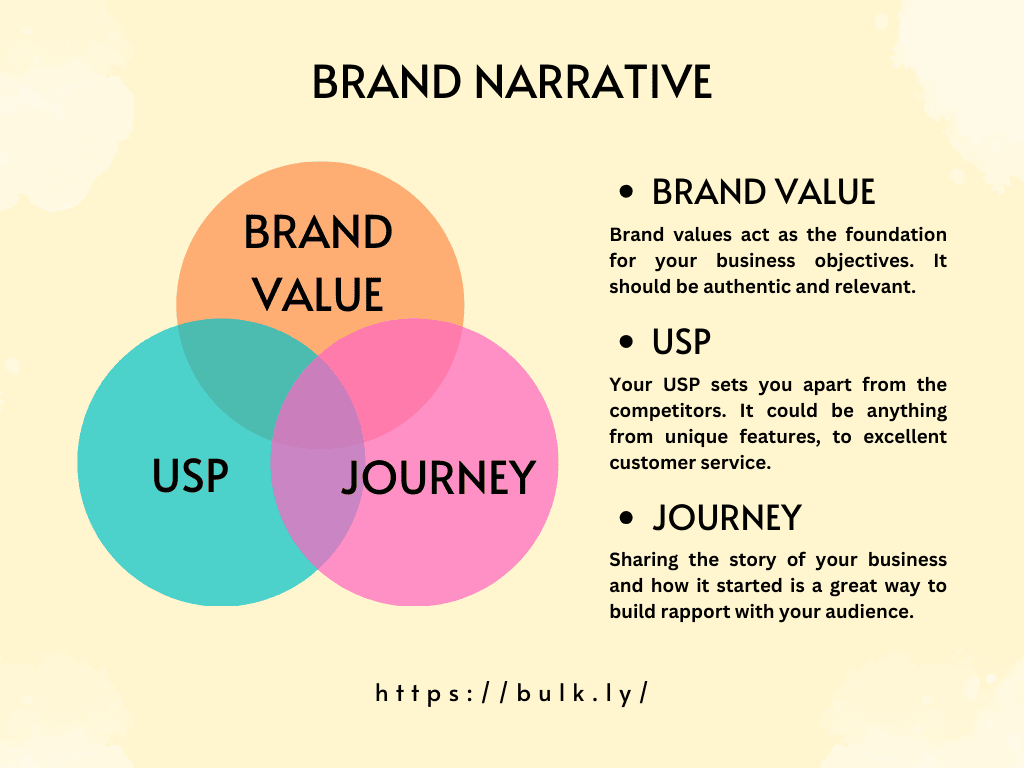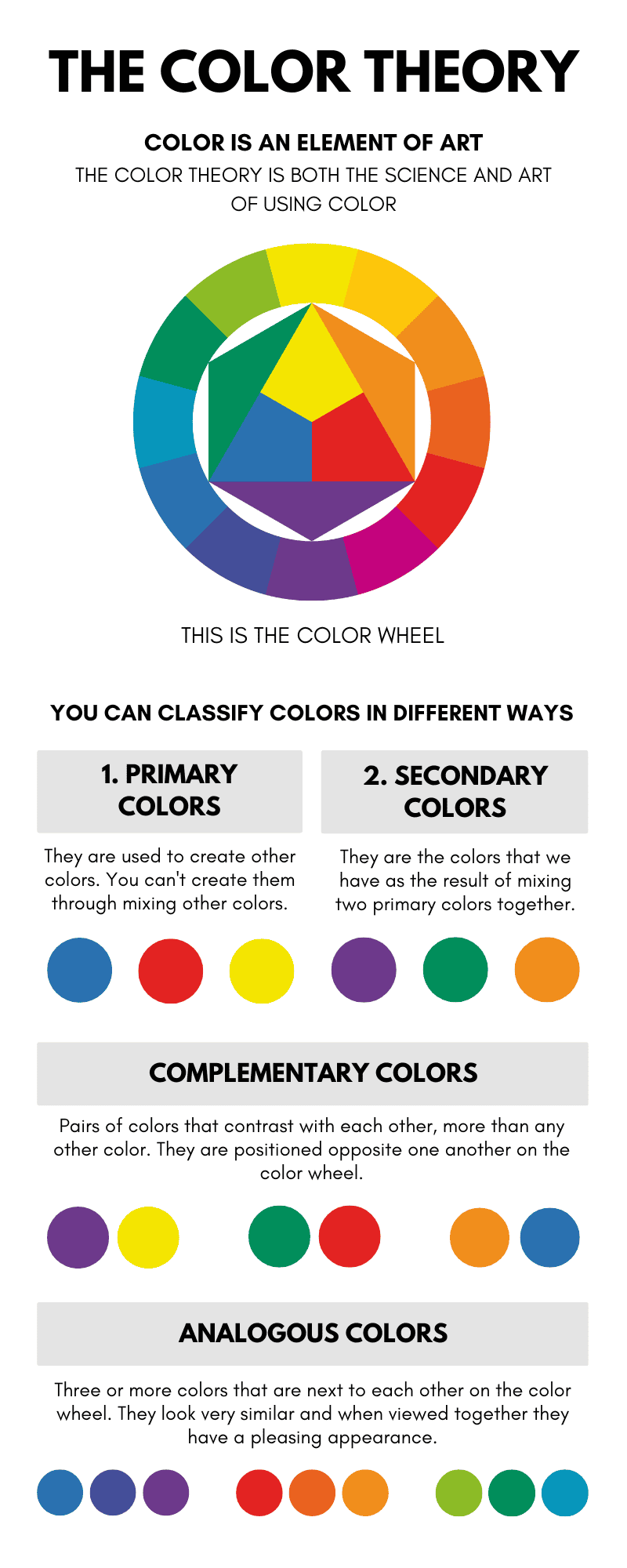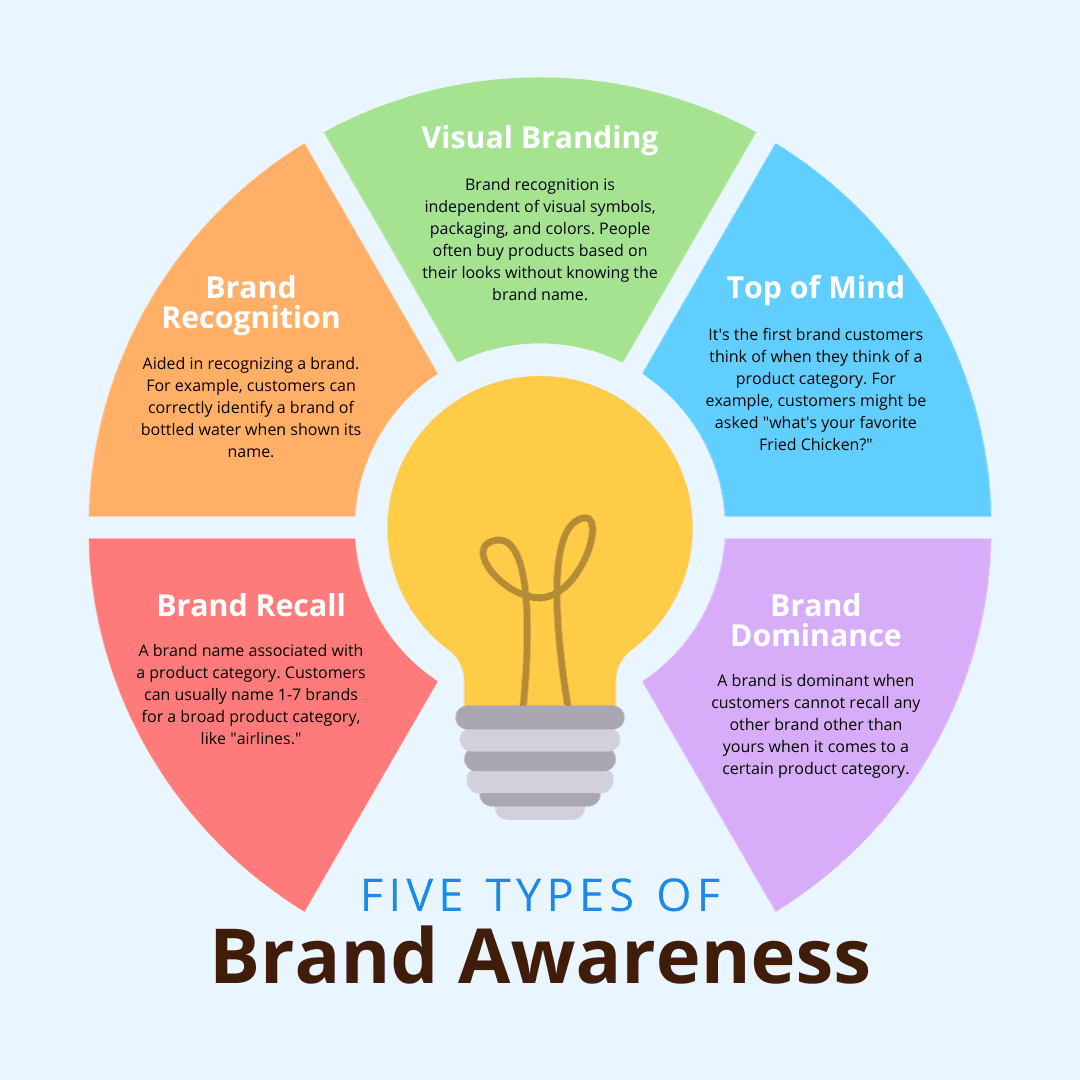What is one common thing among all successful companies? Powerful storytelling.
Brand storytelling is engaging and helps form connections between storytellers (The Brand) and the readers (The Audience).
Companies that want to establish credibility and long-term relationships with their audience often promote their products and services through the art of storytelling. This approach is also utilized to convey the brand’s history, mission, values, and purpose.
In this guide, we’ll discover how you can use brand storytelling to bond with your target audience and make a long-lasting impact.
Crafting Your Brand Narrative
A brand narrative is a compelling story of your brand. It makes your brand stand out, making your customers choose you over your competitors. An effective and powerful brand narrative comprises the following elements: brand values, unique selling points (USP), and the journey behind the business.

Key Elements of a Compelling Brand Story
Defining brand values: Brand values are the foundation for your business objectives. Apart from being clear and precise, they should be authentic and reflect what your company stands for.
Once you have identified your brand values, you can incorporate them seamlessly into your brand storytelling.
Here’s an example: if your brand value is sustainability, you could share stories about your commitment to using eco-friendly materials and reducing your environmental impact.
How Can You Define Brand Values?
Before drafting a compelling brand story, streamline your core values. These could include:
- What do you value most in your business?
- What do you want people to recognize your brand for?
- What do you want your customers to feel when interacting with your brand?
Unique selling points: Your USP sets you apart from the competitors. It could be anything from unique features, services, or excellent customer service. When developing a brand narrative, ensure to highlight your USP.
The journey behind the business: Sharing your business story and how it started is a great way to build rapport with your audience. When you humanize your brand, customers believe you’re more than just a faceless organization trying to get their money.
Share your struggles, behind-the-scenes, and the victories you achieved along the way. This will help your customers to feel more connected to your brand.
Add elements such as:
- The lessons you learned along the way?
- Your vision for the future
- The inspiration behind your business
- The hurdles you faced and how you overcame them
You can convey a strong narrative by incorporating the above elements in your brand in the following manner.
- Share stories on social media on how you incorporate your brand values in your day-to-day operations.
- Create an ‘Our Story’ page on your website where you share about your business, your team, and your story.
- Post blogs, videos, and posts highlighting your brand’s USP.
Aligning Storytelling with Marketing Channels
Storytelling is used across all marketing channels to form connections, increase engagement, and generate traffic. When you align compelling storytelling with your brand values and incorporate it into your marketing mix, you create a more coherent and influential brand experience for your audience.
Website Content
When you build a website, you have to keep in mind not just the graphics but also the content you publish. Your website is the first point of contact between you and your potential customers.
It’s crucial to leverage this opportunity to showcase your USP and engagingly convey your brand story.
Here’s how you can share your brand narrative and paint a compelling picture through your website:
Use clear and targeted headlines: Ensure your headlines reflect curiosity for the users to continue reading. When headlines are targeted and clear for the audience, they not only increase CTR but allow search engines to rank your content higher.
Be conversational: No brand storytelling is complete with a story that connects. If you want to connect and build personal relationships, write conversationally.
Use High-Quality Images: Images and videos are a great way to keep your customers hooked to your content. Make sure you use visuals that are relevant to your brand and target audience.
Convey customer stories: New customers always like to read testimonials of how your product or service is helpful to other individuals. Make sure to highlight trustworthy and real customer stories on your website to build trust.
Social Media
Stories are not limited to movies, shows, and books – they are integrated well into everything we do on a daily basis. And this includes social media as well.
Good storytelling gives your brand a voice. So, simply promoting your product or service on social media is not enough. You need to interweave your core values with a story leading to the complete buyer’s journey.
Here are a few ways you can incorporate brand storytelling on social media.
- Add humor: Your audience is more likely to engage with your content if it is funny and entertaining. Dig into the pop culture themes, utilize memes, and share funny anecdotes and popular trends with storytelling.
- Show behind-the-scenes: People love it when brands go candid. Show your customers you are more than just a profit-making business. Show them your culture, introduce your employees, and share success and failure stories.
- Be interactive: Keep your audience engaged through polls, questions, quizzes, and comments on your social media posts. Build a community where your customers can network with you and each other.
Advertising
Great marketers are often great storytellers. They are experts in creating advertisements that connect with their audience emotionally. A study by Headstream revealed that 79% of people preferred brands that narrated a story over those using a scripted sales pitch.
This is how you can add a narrative to your brand advertising.
- Feature real people with real stories.
- Start with a strong hook to grab attention
- Introduce a challenge or conflict to instigate curiosity
- Offer a solution without promoting the product or service
- End with a clear call to action.
Customer Interaction
Did you know you can use storytelling to personalize customer engagement and interaction to improve the overall customer experience?
Follow these tips below for enhanced brand storytelling:
Train employees about the brand story: Instill in your employees your brand values and what it stands for. In-depth knowledge of your product and service will help them convey your story authentically.
Encourage employees to share personal stories: Human connections are observed in different forms and shapes. One of them is connecting through stories. Encourage your employees to share personal stories to resolve customer queries and improve user experience.
Connecting with Your Target Audience
Before building narratives that resonate with your target audience, you must understand their needs, values, and desires. This can be achieved through a combination of data analysis and market research.
Identifying target audience needs, desires, and values
- Conducting Market Research
Understand your audience through demographics, psychographics, and behavior. You can also utilize interviews, surveys, and focus groups to connect with your customers and create personalized stories.
- Analyzing Customer Data and Feedback
Customer feedback and data can provide valued insights into the minds of your audience. Utilize your website, social media channels, and CRM to collect customer data.
For more tailored storytelling, connect with them through customer support tickets, reviews, and one-on-one interactions.
Creating Impactful Brand Narratives
Creating impactful brand narratives is not dependent on a complex algorithm shift. It is an art that speaks for itself. Take a look at Buffer’s story. It’s straightforward. Although it exceeds a few thousand words, the message is simple:
- Pain Points
- Solution
- Outcome
When you know your target audience’s pain points and concerns, you can build brand narratives that solve the problems. Based on data and feedback, you can analyze how impactful your narrative is or what alterations are required to make it more compelling.
Learn from Nike. The brand focuses on inspiring and empowering individuals. Its ‘Just Do It’ campaign features stories from athletes who have overcome hurdles to achieve their goals.
Using Visuals and Multimedia
You must have heard a picture is worth 1000 words, but how much is a video worth? 1.8 million words. Now imagine the impact both pictures and videos will exert on your audience through brand storytelling.
Let’s see how experts enhance storytelling with visuals:
With a short attention span in the fast-paced world, customers don’t have the time to read. They want information; they want it fast. And the best way to grab their attention is to add high-quality images representing your brand narrative.
Infographics are also a great way to present complex information more simply. Additionally, if you’re familiar with color theory in marketing, you have an edge over competitors and know how to convert traffic into potential customers.

Impact of Video
It’s true videos perform better than still images. Studies reveal that people gauge better what they see than what they hear or read. One Hubspot research discovered that 80% of users recall a video they viewed in the previous month.
Don’t overdo it. Keep a balance of text, images, and videos. Benefit from social media platforms like Instagram and TikTok to create stories through videos.
Measuring the Impact of Storytelling
There are a number of key metrics employed to measure the success of effective brand storytelling efforts. These include:
Social media metrics and sentiment analysis: Reach, engagement, and sentiment metrics on social media can give you important information about how your target audience reacts to your brand narrative.
Sentiment analysis techniques, such as Emotion analyses, Lexicon-based analyses, and Machine Learning and Natural Language Processing (NLP), can be used to evaluate and discover trends in the emotional tone of social media messages.
Website traffic and engagement: You can utilize website traffic and engagement metrics, including time on site, bounce rate, page views, page sessions, and more, to understand user engagement in response to your brand narrative.
To evaluate the success of your storytelling endeavors, you can also monitor particular website behaviors, such as subscribing to your newsletter or making a purchase.
Methods for Measuring Brand Sentiment and Perception
Apart from the key metrics listed above, there are a number of methods that can be used to measure brand sentiment and perception. These methods include:
Surveys and customer feedback: Quantitative and qualitative information about consumer sentiment and perception of a brand can be gathered through surveys and customer feedback.
Customers’ brand awareness, brand loyalty, and general contentment with your brand narratives may all be found simply by asking them questions.

Online reputation monitoring tools: Utilizing online reputation monitoring tools such as Google Alerts, Brandwatch, Hootsuite, and Social Mention, you can keep tabs on the internet presence of your brand and spot sentiment trends.
These technologies can also be utilized to find unfavorable comments and reviews, which will help you explain your narrative better.
Final Thoughts on Brand Storytelling
Stories have the power to make or break your brand.
In today’s competitive landscape, where brands are vying for attention and loyalty, storytelling has emerged as a powerful tool for differentiation and connection.
It’s more than just crafting a narrative; it’s about weaving a tapestry of emotions, experiences, and values that resonate with your audience on a deeper level.
Remember, a good story sets the foundation for your brand’s life. It shouldn’t be complex or riddled with sales pitches. Some brands get so engrossed in telling their narrative they often lose sight of the value their business provides in the present.
Sure, you can pay respect to your brand’s origin but don’t forget to benefit from the opportunities that lay before you.
Successful brand storytelling depends on a story that continues to live on. Authentic stories get passed on from generation to generation, connecting people and forming lasting relationships.
You can do the same when you choose to impress your audience and offer them the best possible experience.
By embracing storytelling, businesses can:
- Establish Brand Identity: Storytelling helps define a brand’s essence, its core values, and its purpose.
- Build Emotional Connection: Stories have an uncanny way of triggering emotions, making them a powerful tool for building brand loyalty.
- Enhance Brand Recall: Stories are more memorable than facts and figures. By weaving narratives into marketing messages, brands can ensure their messages stick with consumers, increasing brand recall and recognition.
- Drive Engagement: Stories are inherently engaging, capturing attention and encouraging interaction. Whether it’s a captivating video, a heartwarming anecdote, or an inspiring customer journey, stories spark conversations and drive meaningful engagement.
Incorporating storytelling into a brand’s strategy doesn’t require a complete overhaul or drastic changes. It’s about finding subtle yet impactful ways to weave narratives into everyday interactions. Here are some practical steps you can take:
- Know your audience
- Draft compelling stories
- Use marketing channels
- Measure and Adapt


